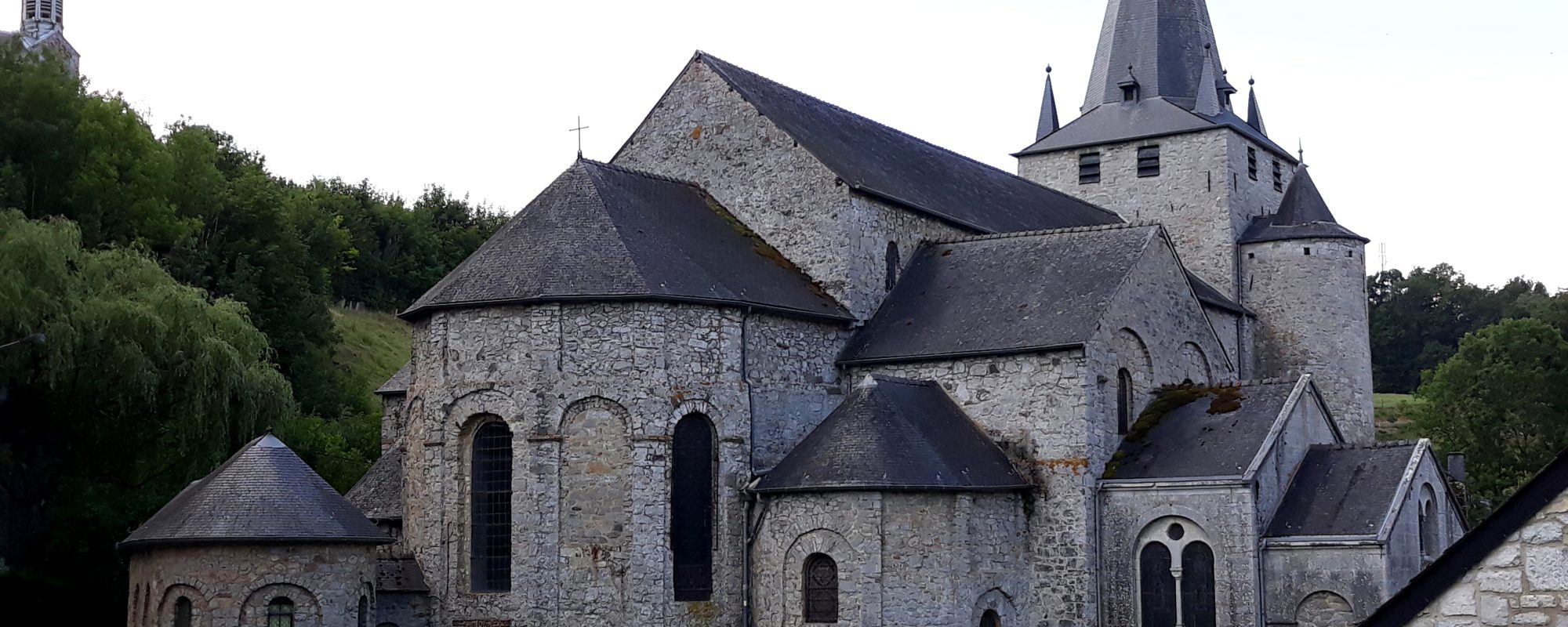
A pivotal part of historical community life, discover the religious heritage that unites our Beautiful Villages.
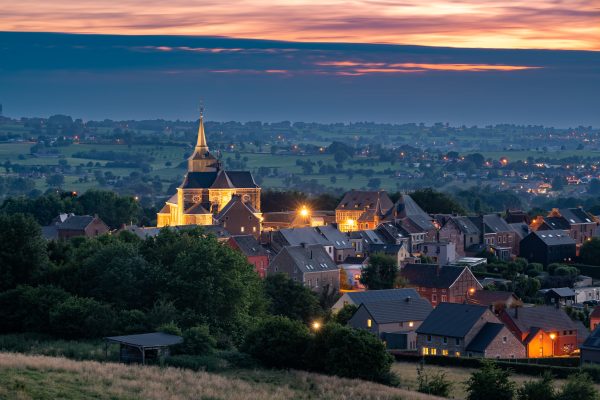
With its back to the Place de la Halle, the silhouette of Saint-Jacques-le-Majeur church dominates the town and the countryside below
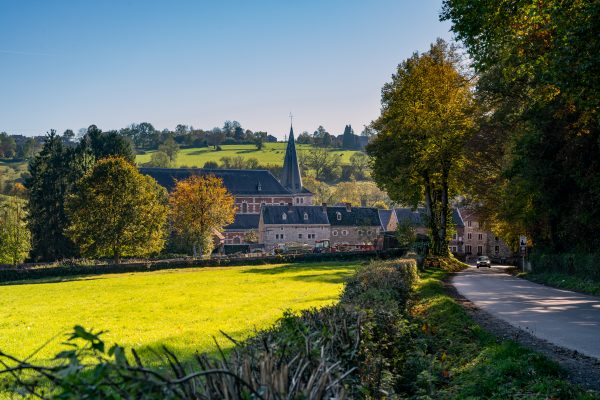
Like a tower moored to a large vessel, the imposing silhouette of the Saint-Roch church stands out in the Soiron landscape.

A blend of Romanesque and Gothic, the Sainte-Colombe church is the only building in the locality to have survived the centuries.
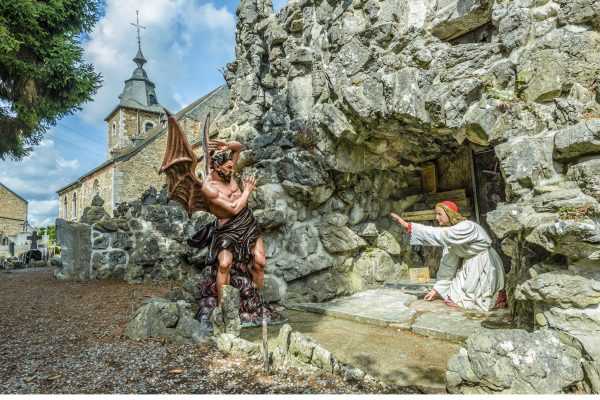
In the footsteps of Saint Anthony of Padua or...the devil - Listed site
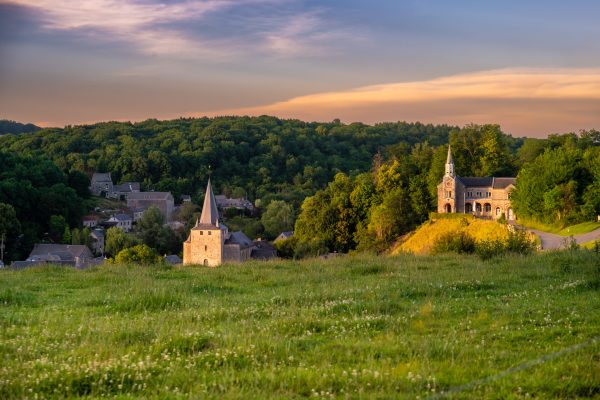
A 19th century neo-Romanesque building as a promontory above the village of Celles.
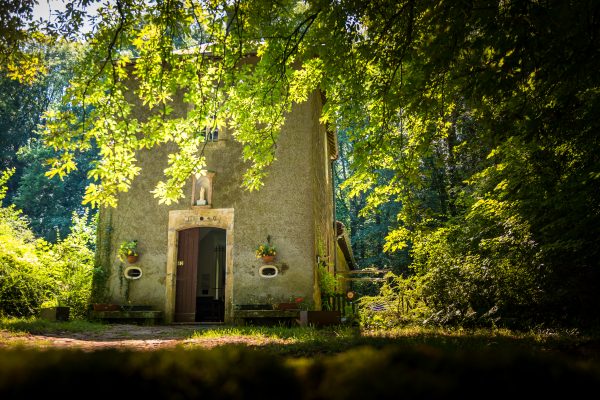
A chapel built in the aftermath of the plague epidemic of 1636 - Listed monument.
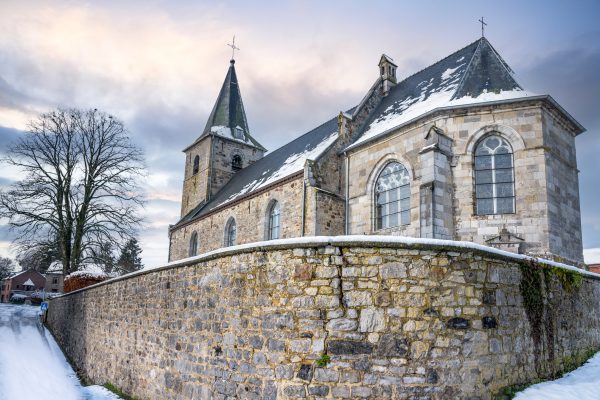
A blend of Romanesque and Gothic for this church which boasts authentic Baroque stalls similar to those in Cockayne Church in England - a listed monument.

A Cistercian abbey whose origins date back to 1216 - Exceptional heritage of Wallonia (Outside the village).
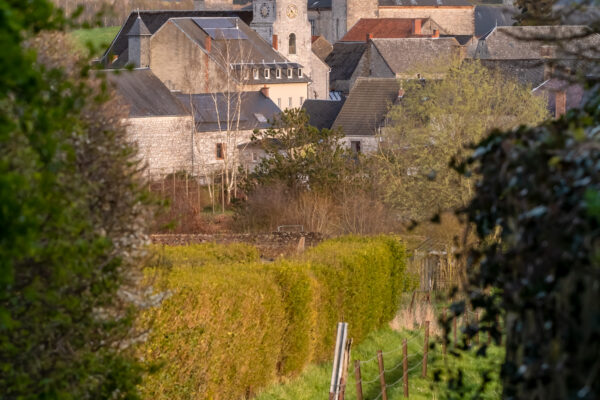
Située au cœur du village, l’église dédiée à saint Léger et édifiée en pierre calcaire a connu, au cours du temps, de nombreuses modifications.
The association Les Plus Beaux Villages de Wallonie (The Most Beautiful Villages of Wallonia) oversees a network of 32 villages, bearers of a strong territorial identity and reflecting traditional architecture. It is committed to promoting the rural, cultural and natural heritage of Wallonia and is a part of the development of local and responsible tourism.
More information